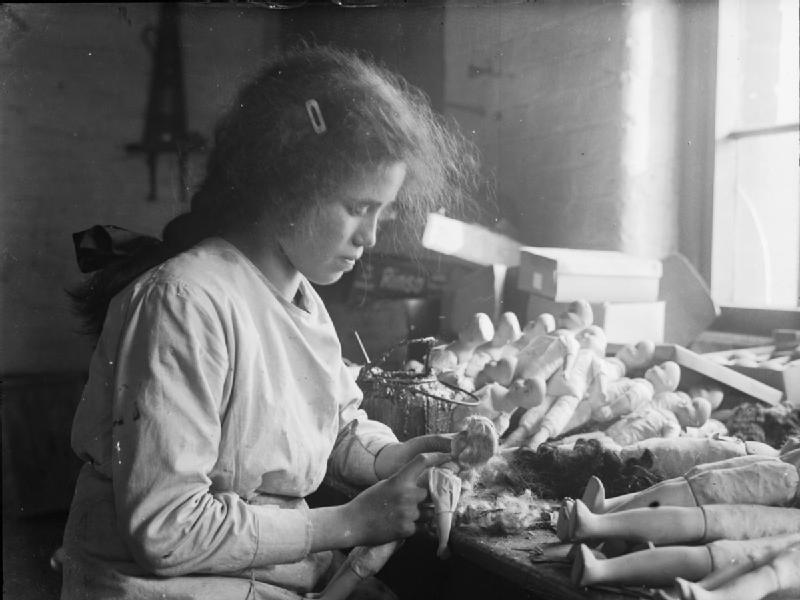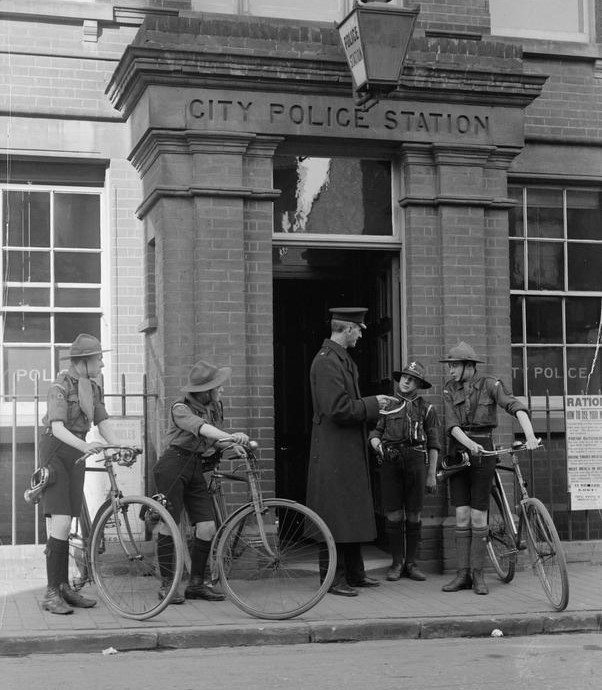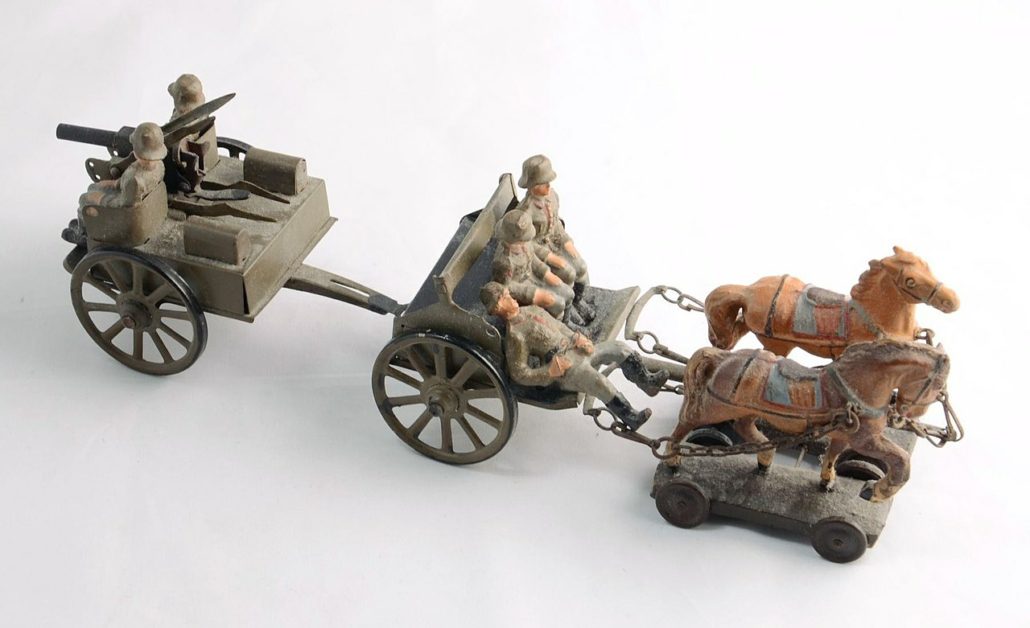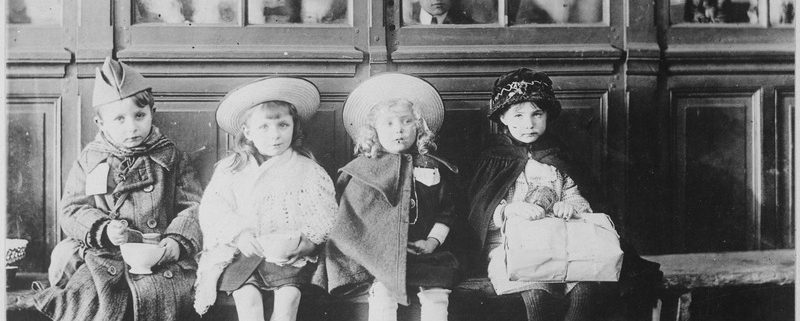The Impact of the 1914-18 War on Children
Historian and broadcaster Dr Vivien Newman will shed new light on the experience of children across the combatant nations in her illustrated talk at Gold Hill Museum at 2.30p.m. on Tuesday 07 November. The story of (evacuee) British children in World War Two is familiar, but their part in the First World War is much less well known. Evacuees then were mainly Belgian and French. Few British readers [Viv writes] are aware that 499,137 French people (including approximately 150,000 children) from the ten wholly or partially Occupied French Departments (counties) were either forced or permitted to leave their homes. They were circuitously transported via Germany and Switzerland before being deposited once again in France, primarily in Evian on Lake Geneva.
British schoolchildren were encouraged to contribute to the war effort. Schoolgirls converted thousands of pairs of disused woollen stockings into mittens; boys’ woodwork classes in both England and Australia became mini factories for manufacturing splints and crutches for the Red Cross .. on one occasion, the crutch made by a boy was, to their mutual surprise, given to a relative.
Before the outbreak of war School Boards had permitted children over 11 who had achieved the Fourth of Six Standards to work fulltime on the land for part of the year. By 1917, H.A.L. Fisher, President of the Board of Education, estimated that “600,000 children had been put prematurely to work”.

Two recently founded youth organisations prized public service and duty: the Boy Scouts (1909) and Girl Guides (1910). On 29 October 1914, Boy Scouts were engaged to work for MI5. By 4 September 1915, the experiment was considered a failure. Boy Scouts were perhaps better suited to outdoor tasks, such as watching the coast and strategic bridges. So MI5 recruited 90 Girl Guides instead, mainly as messengers at their Waterloo House HQ. Guiding’s greatest accolade came in 1919: seen as utterly reliable, a contingent accompanied the British delegation to France. They ran errands for the Paris Peace Conference delegates at the Palace of Versailles and a group of Senior Guides (aged over 16) were invited to witness the signing of the Peace Treaty.

Toy manufacturers, British and German, swiftly developed products inspired by the War. Not all were in the best taste. 1915’s most gruesome offering was ‘The Exploding Trench’. A 30cm-long wood and cardboard, muddy green-coloured ‘trench’ contained half a dozen miniature soldiers. When the Union flag was struck, the [German] soldiers were catapulted into the air ‘in all directions’, as if by an explosion. Unsurprisingly, this toy seems to have been discontinued.
.

All of the quotes in italics are from Viv’s fascinating 2019 Pen and Sword book ‘Children at War 1914-18’. She may well be able to bring some copies with her to the lecture. There are details of her other books here. This talk is free to members of The S&DHS and seats should be available to non-members from 2.20p.m. on payment of £3 at the door.



